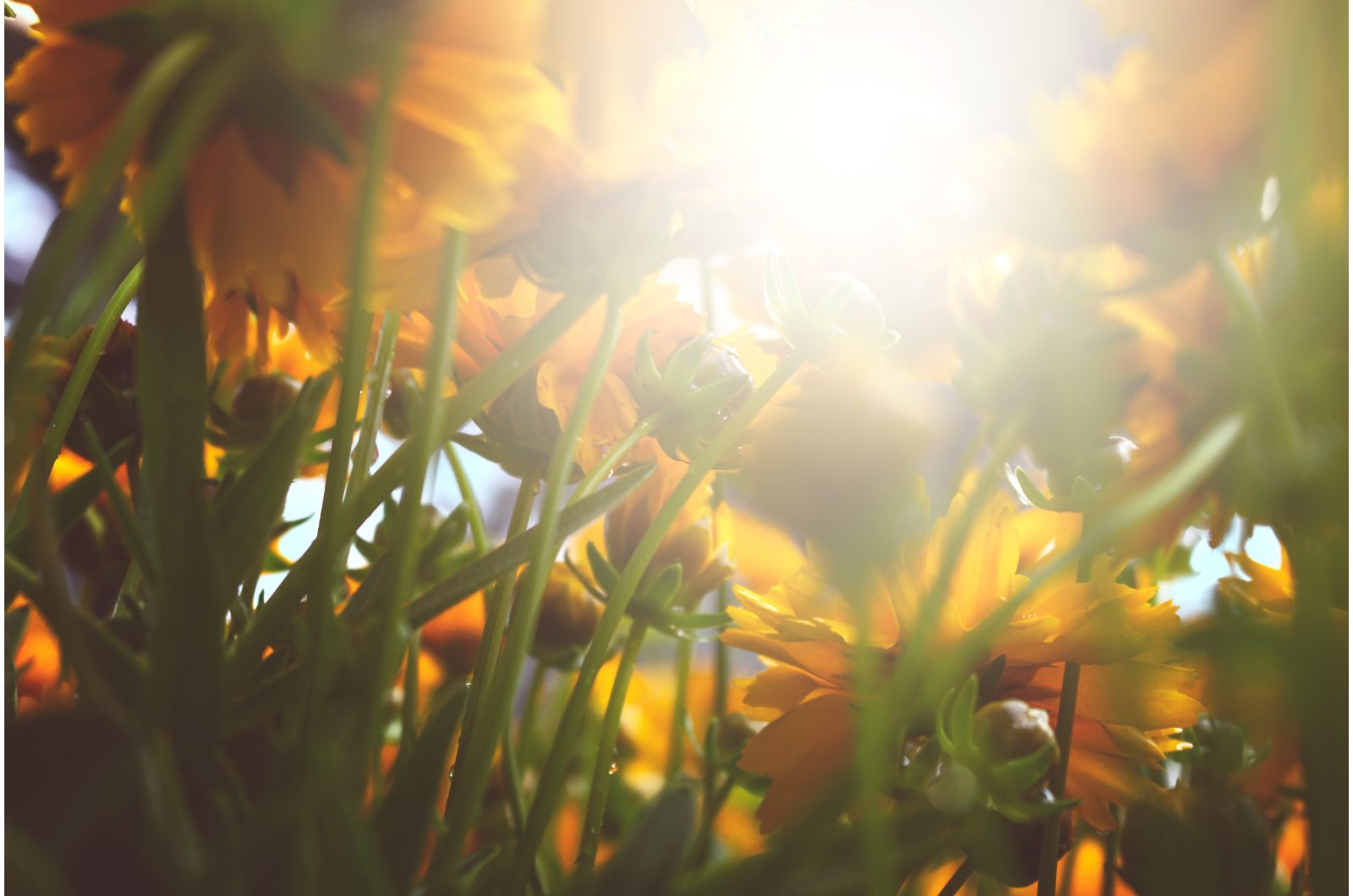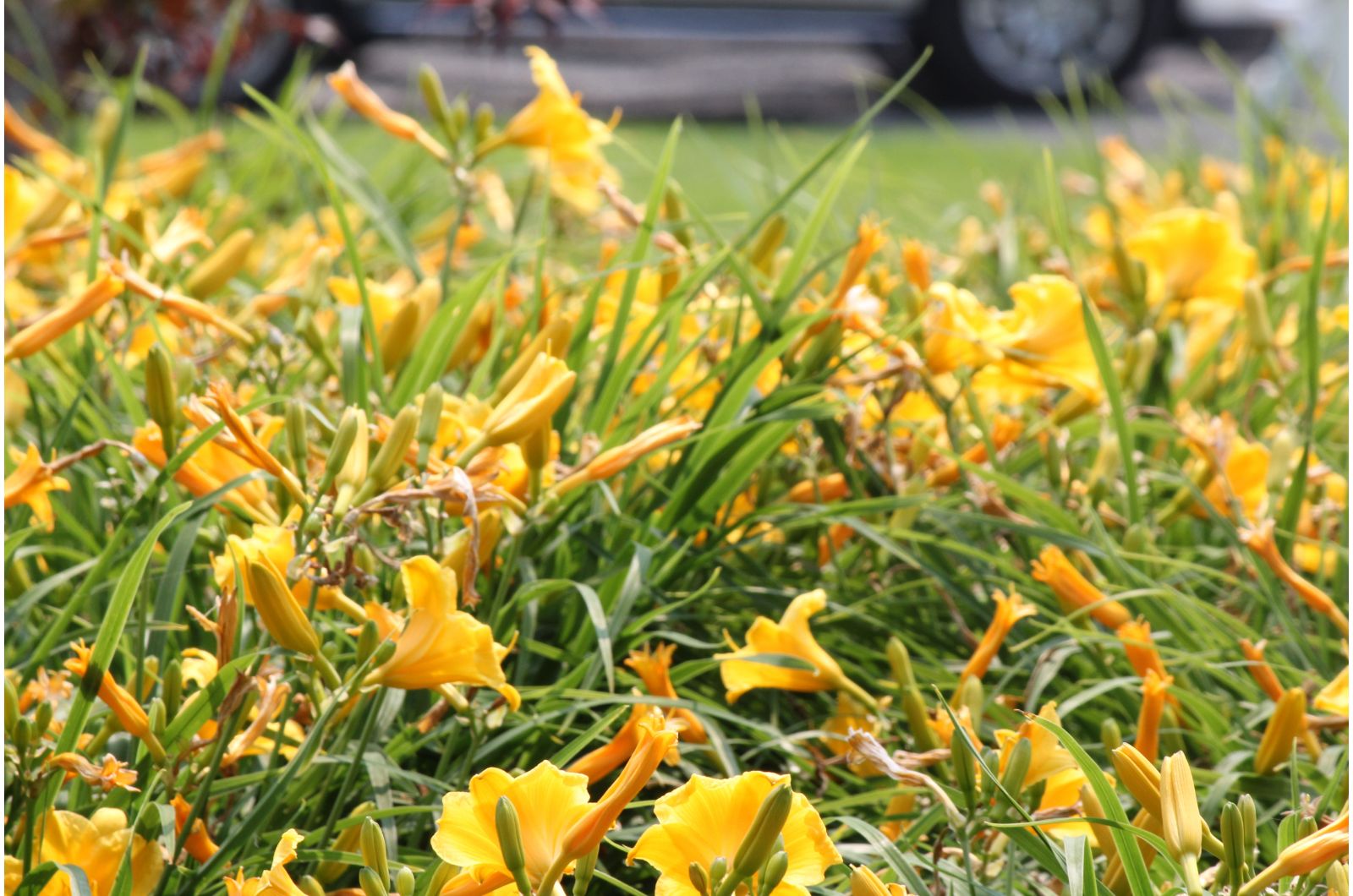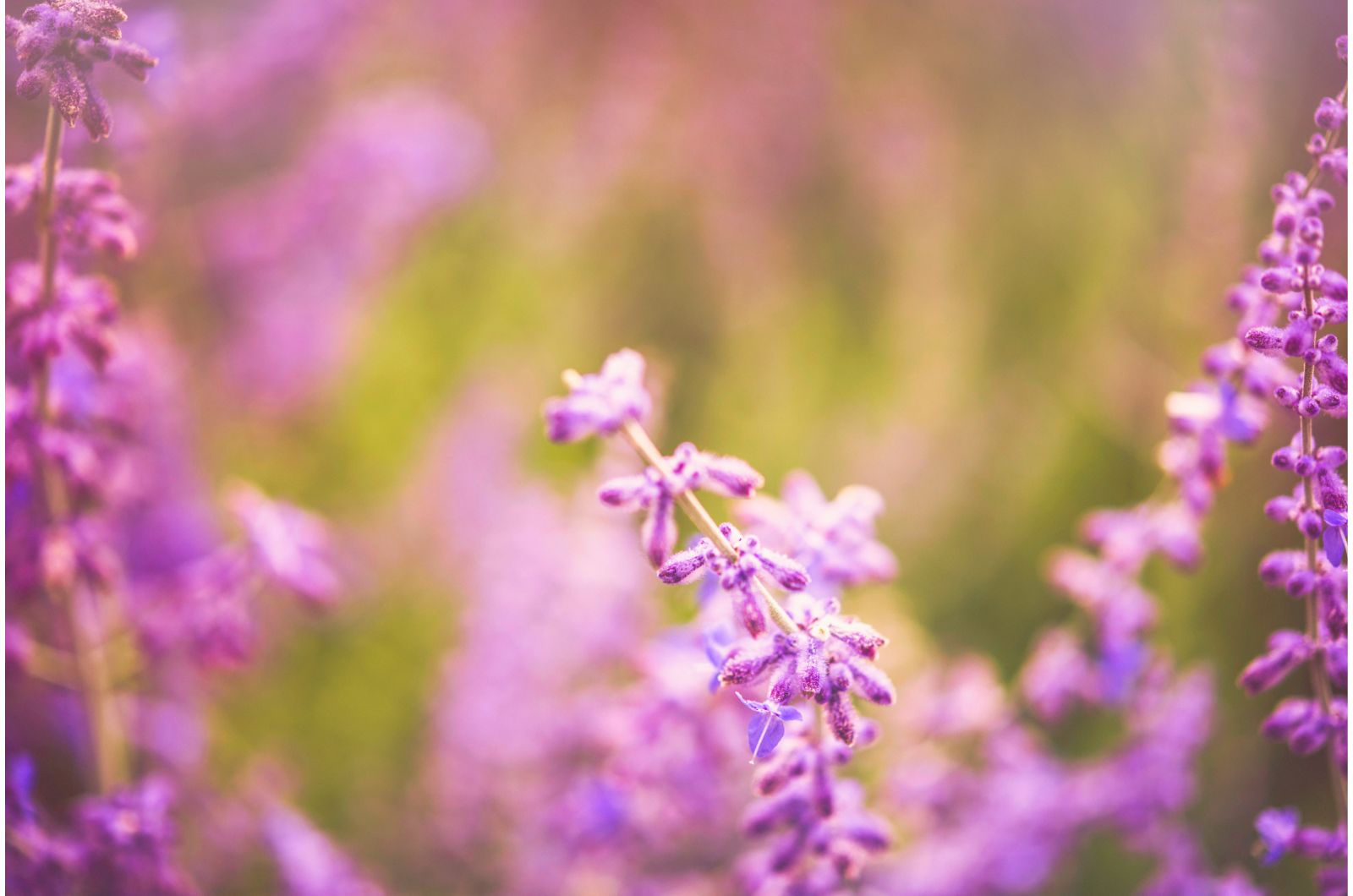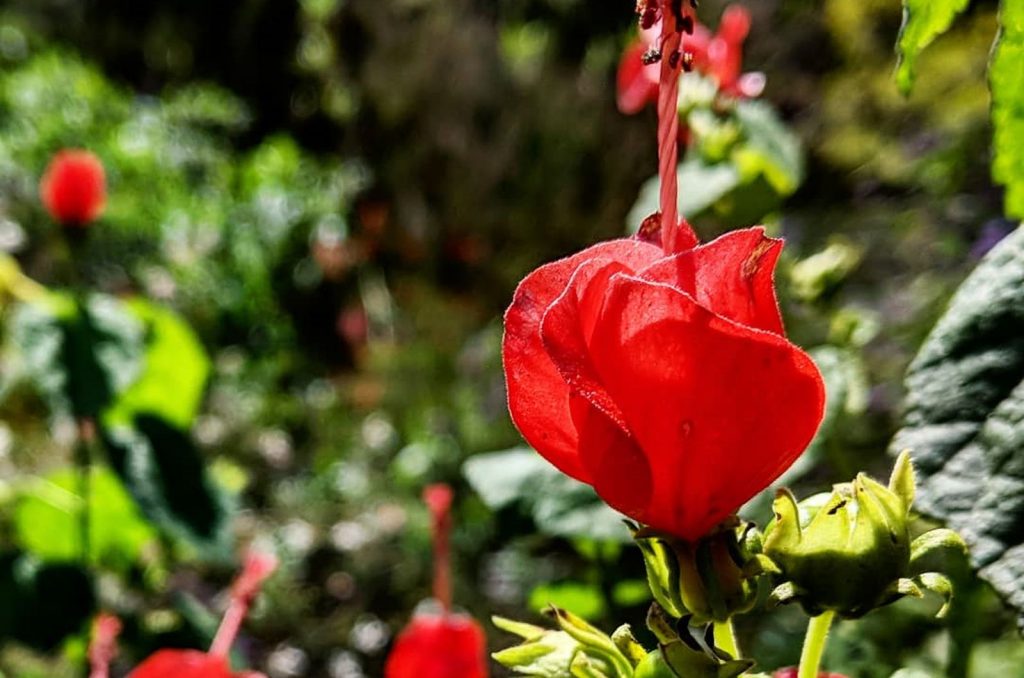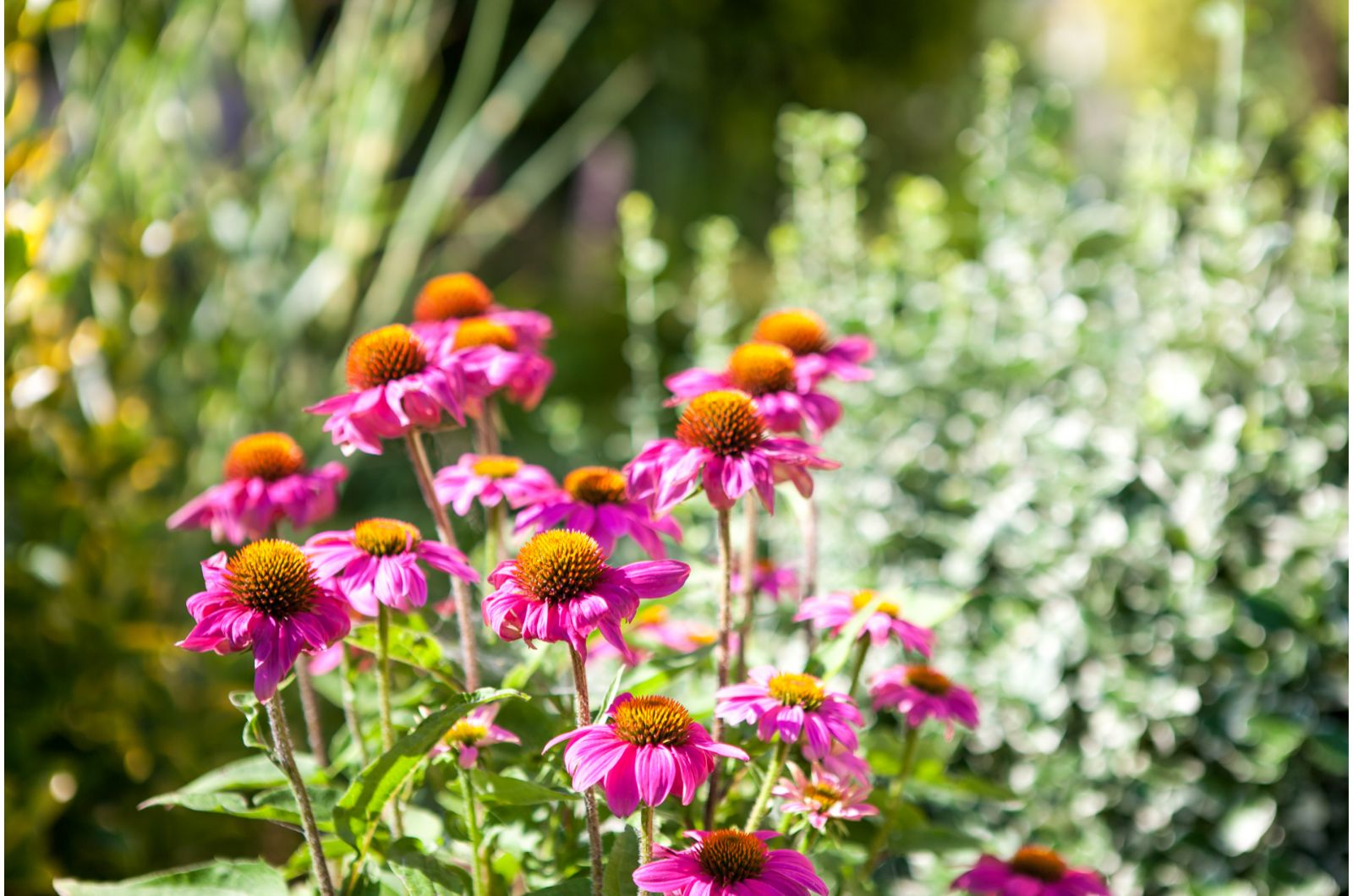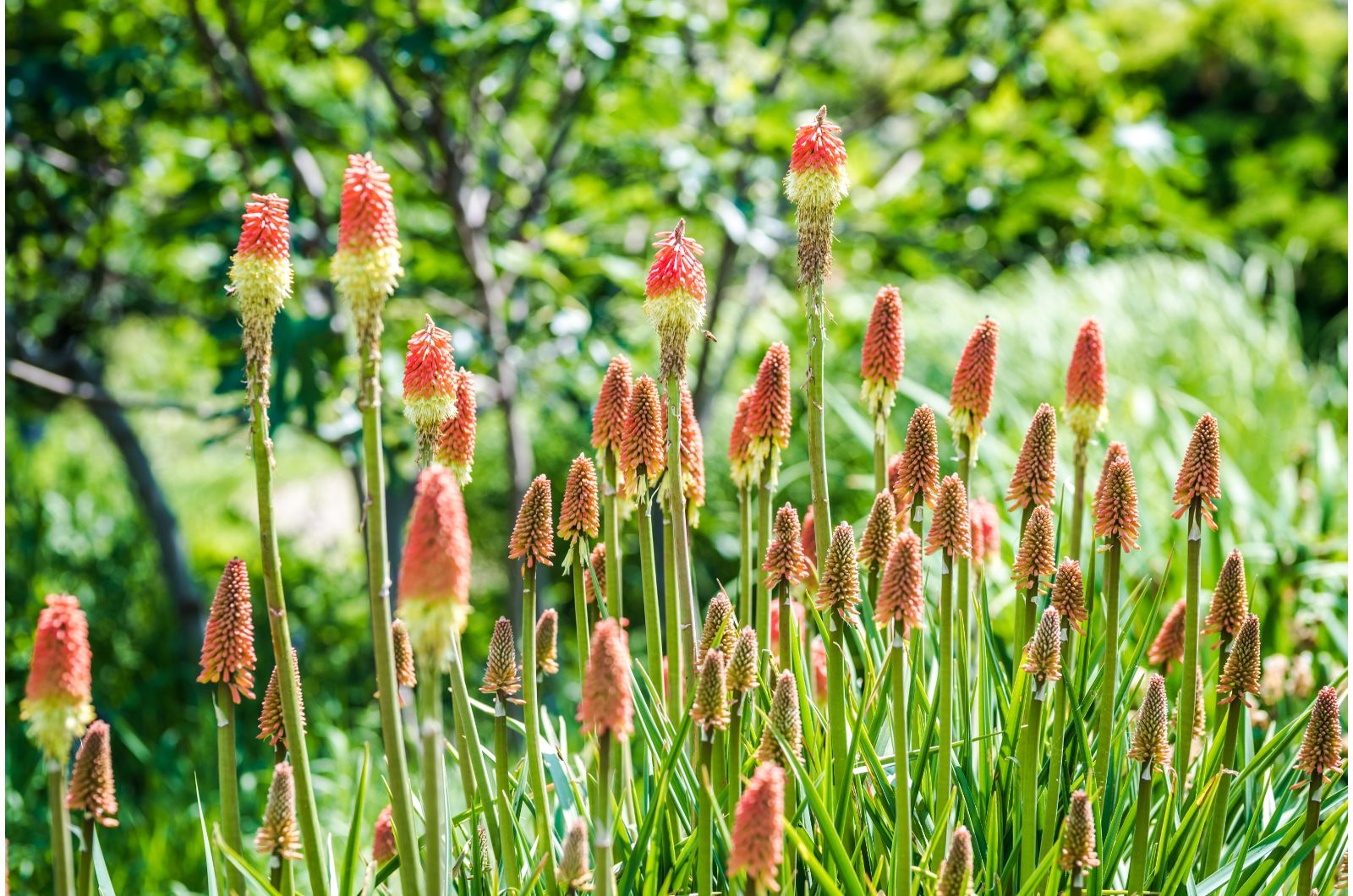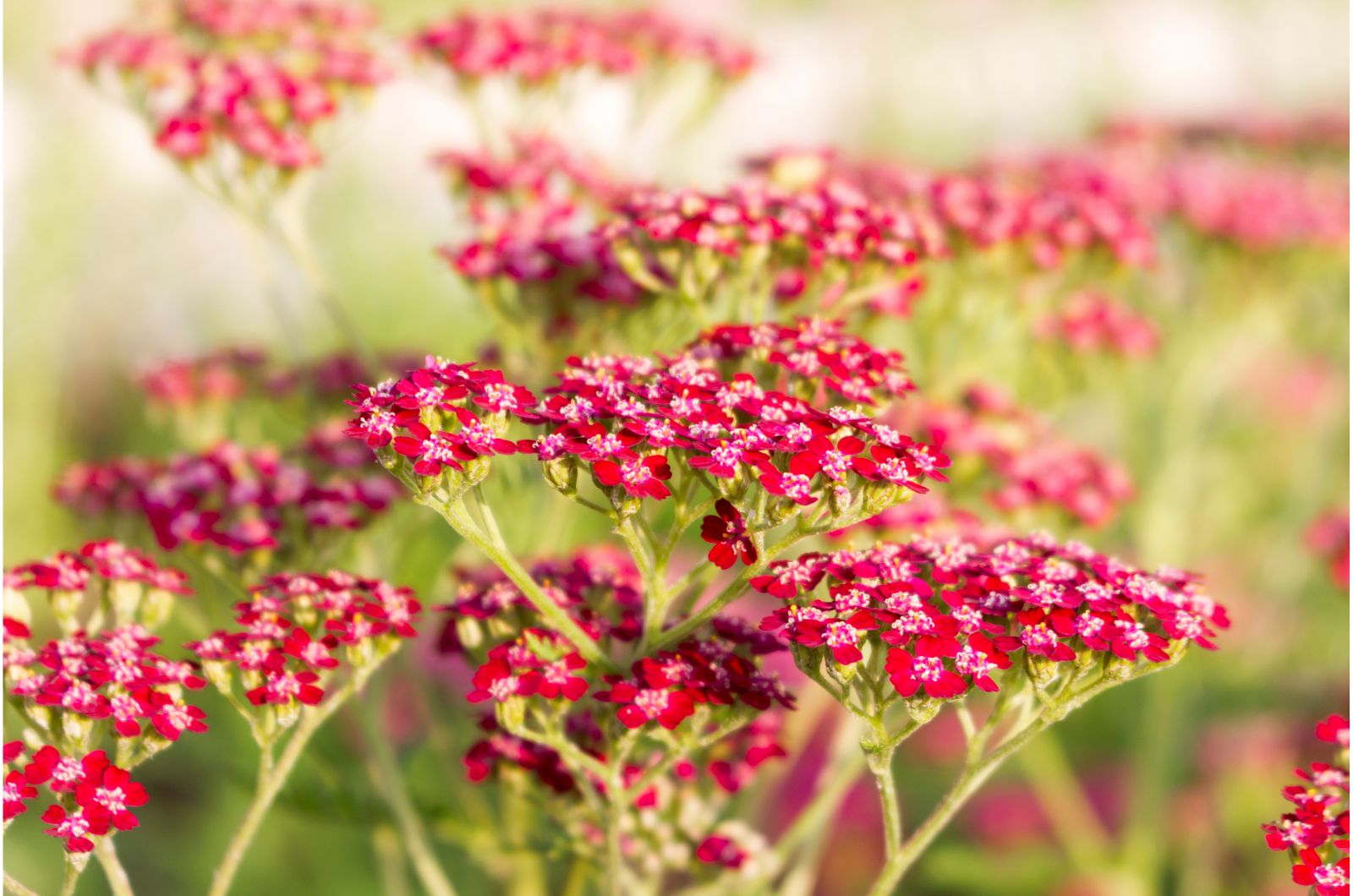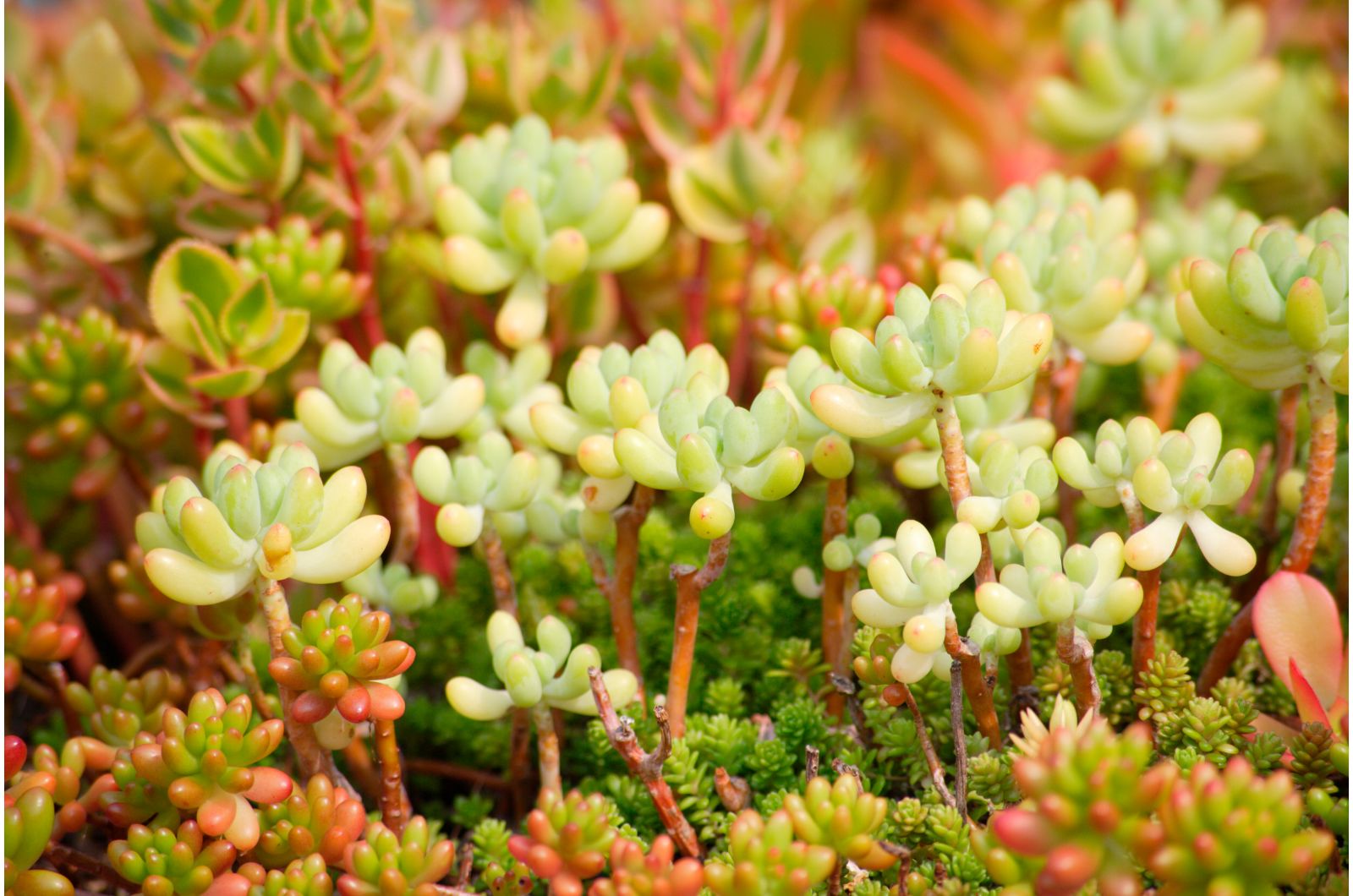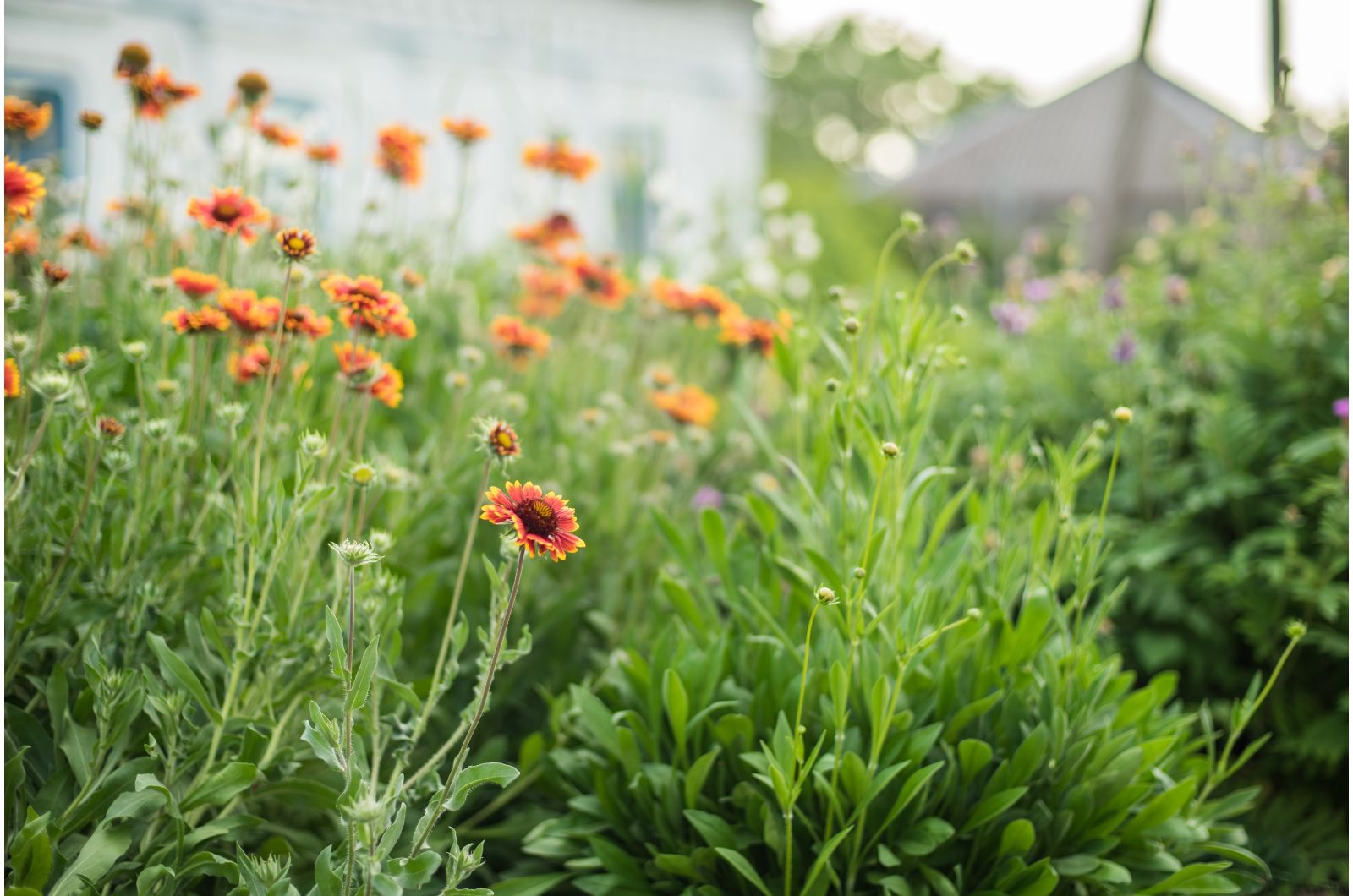When you grow heat tolerant perennials, you don’t have to worry about the scorching summer sun destroying the plants in your garden. That’s right, heat tolerant perennials are the answer to creating a colorful and vibrant garden that can endure even the hottest summer days!
These hardy plants originate from hot and dry regions, so they have already adapted to survive in high temperatures, which makes them perfect summer plants!
Don’t worry, these are not woody plants – they also produce lush foliage and cheerful flowers. Besides, they are relatively low-maintenance so you won’t have to worry too much about plant care.
In this article, we are going to cover some of the best heat tolerant perennials. So, stay tuned!
1. Canna Lily
We are starting our list with one of the most beautiful perennials out there!
Meet Canna lilies, plants known for their lush leaves and large flowers that come in pink, yellow, red, and orange colors. These exotic plants add a tropical feel to the garden, and they can be added to balconies, patios, and roof terraces, too!
Because they originate from tropical regions, canna lilies are naturally heat tolerant plants. They can handle warm climates and endure intense sunlight exposure. This is because of their waxy leaves that help reduce water loss.
Even though they do such an amazing job at enduring the scorching sun, these plants can also grow and thrive in partial shade. They can tolerate different soil types but thrive in fertile and well-draining ones.
Some of the most popular cultivars are ‘Tropicana’ with its orange flowers and striped leaves, and ‘Cleopatra’ that has yellow and red flowers.
2. Daylilies
Here is another lily. Daylilies produce trumpet-shaped flowers in a variety of colors, including pink, purple, orange, and red. They are known for their long blooming season.
Daylilies have developed fibrous root systems that help them absorb water from deeper soil layers, which makes them one of the best heat tolerant perennials.
They can grow in both full sun and partial shade. Although they can adapt to different soil conditions, daylilies grow best in a well-draining substrate. They can also tolerate drought once established.
3. Russian Sage
Russian sage is a woody perennial known for its aromatic leaves and tall spikes of purple-blue flowers. This versatile plant can spruce up your garden and attract a lot of pollinators and beneficial insects at the same time.
Russian sage is perfect for xeriscaping, rock gardens, and overall dry and hot environments. They can still produce an abundance of flowers thanks to their silvery-gray foliage that reflects the sunlight and reduces heat stress.
You should prune it in early spring to keep it nice and tidy. Other than that and some watering when young, this plant doesn’t have any special requirements.
4. Turk’s Cap
Turk’s cap, otherwise known as Malvaviscus arboreus, is a heat tolerant shrub that produces red tubular flowers – these flowers are great for attracting hummingbirds to your yard!
This plant also has thick, leathery leaves that help reduce water loss through evaporation, which allows it to endure hot and dry conditions.
This plant grows in full sun and partial shade. The Turk’s cap shrub can adapt to different soil types, including clay and sandy soil. Regular watering is required until the plant is mature. Occasional pruning is needed to maintain shape and encourage new growth.
5. Coneflower
Coneflowers, also known as Echinacea, are drought tolerant plants known for their daisy-like flowers and ability to withstand hot and dry environments. Their deep taproots enable them to access moisture from deeper soil layers!
Not only are they loved by pollinators like bees and butterflies, but they can also make your garden cheerful with their colorful flowers.
Coneflowers prefer growing in well-draining soils, but they can adapt to soil types like sandy, loam, or even clay. Deadheading spent flowers promotes continuous blooming and prolongs the flowering period.
6. Kniphofia
Kinphofia, commonly known as Red-hot pokers or Torch lilies, are perennial herbs that produce tall spikes of flowers in vibrant red, orange, or yellow colors. Grass-like leaves make these plants even more alluring!
This plant is native to South Africa, so it is used to growing in hot and arid conditions. Their grass-like leaves minimize water loss, enabling the plants to endure summer heat.
Kinphofia requires well-draining soil and full sun to grow and thrive. Some watering is required until the plant is established. Deadheading spent flowers and dividing clumps every few years helps maintain their growth and blooming performance.
7. Yarrow
Yarrow, otherwise known as Achillea, is a perennial herb that produces feathery leaves and clusters of small flowers that come in pink, red, white, and yellow colors. Its feathery foliage helps conserve moisture and protect the plant from excessive water loss.
These plants can thrive in the driest environments. Minimal watering is required once the plant is established. Yarrow is adaptable to different soil types, including sandy or clay soils. If you plan to grow yarrow, then check out the best yarrow companion plants.
8. Coreopsis
Coreopsis, commonly known as ‘tickseeds’, is a hardy perennial that produces an abundance of daisy-like flowers and fern-like foliage. They bloom throughout the summer, attracting lots of pollinators to the garden.
They have sturdy stems and resilient flowers that makes them perfect for gardens in hot climates. Some of the best cultivars are ‘Early Sunrise’ and ‘Baby Gold’.
Coreopsis thrives in full sun and well-draining soil. Deadheading spent flowers promotes continuous blooming.
9. Sedum
Stonecrop, also called Sedum, is a succulent perennial plant with fleshy, thick leaves and star-shaped flowers. There are numerous Sedum varieties, and they all come in unique shapes, colors, and sizes.
These fleshy leaves help reduce water loss through transpiration and store more water, thus making sedum the perfect choice for dry and hot gardens.
Sedums can be grown easily in containers and pots, as long as they are exposed to full sun. However, they can also tolerate some shaded areas. They are also not too picky when it comes to soil type.
Read also: What Is A Lemon Ball Sedum Is And How To Take Care Of It
10. Rudbeckia
Rudbeckia, also called Black-eyed Susan, is an all-time favorite summer flower!
This plant produces striking yellow or orange daisy-like flowers with prominent dark centers. These flowers are perfect for attracting pollinators and adding a pop of color to the garden.
Rudbeckia can thrive in both partial shade and full sun. It is not too picky about the soil and it requires minimal watering once established. Just like with the abovementioned perennials, deadheading can also encourage more flowering.

